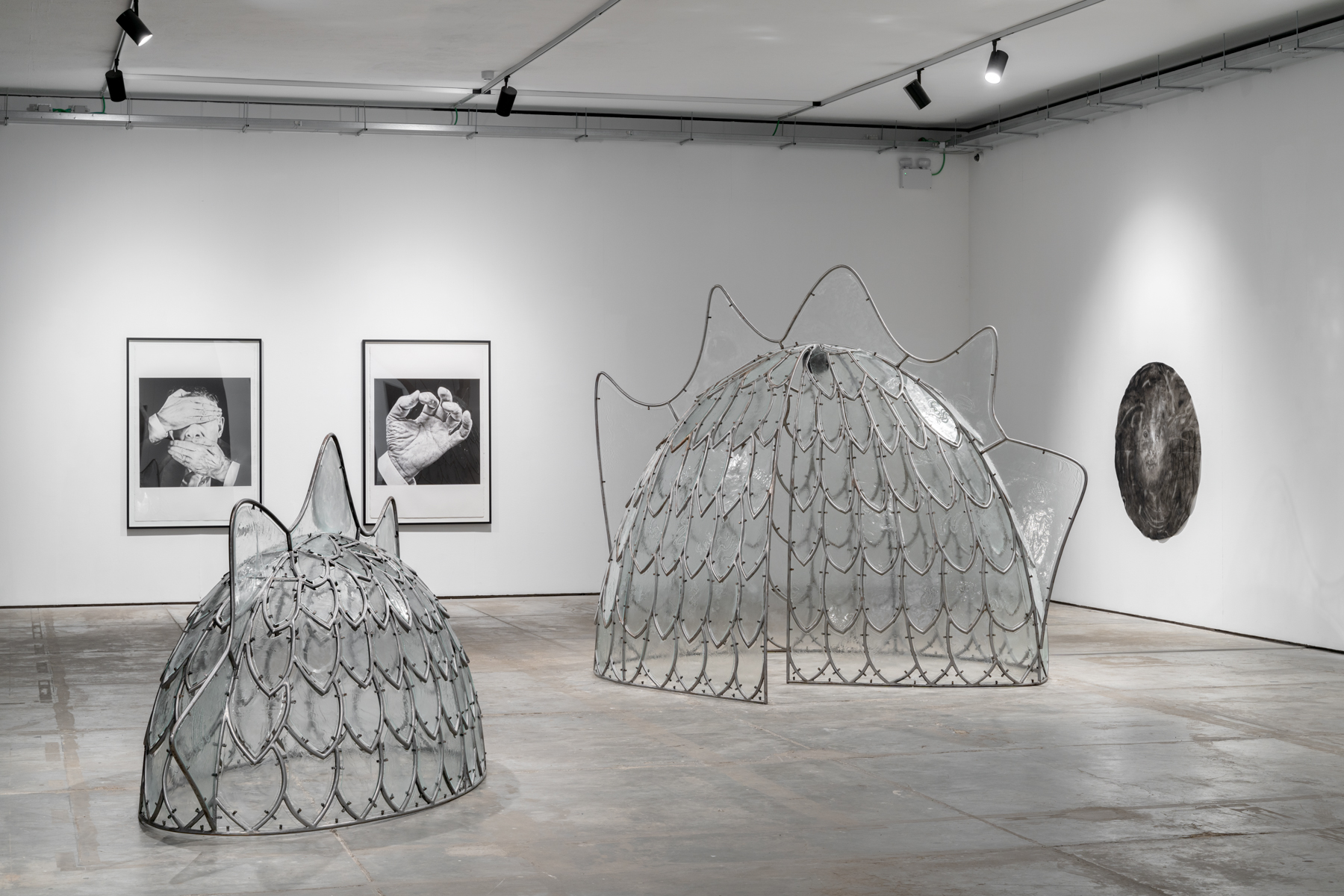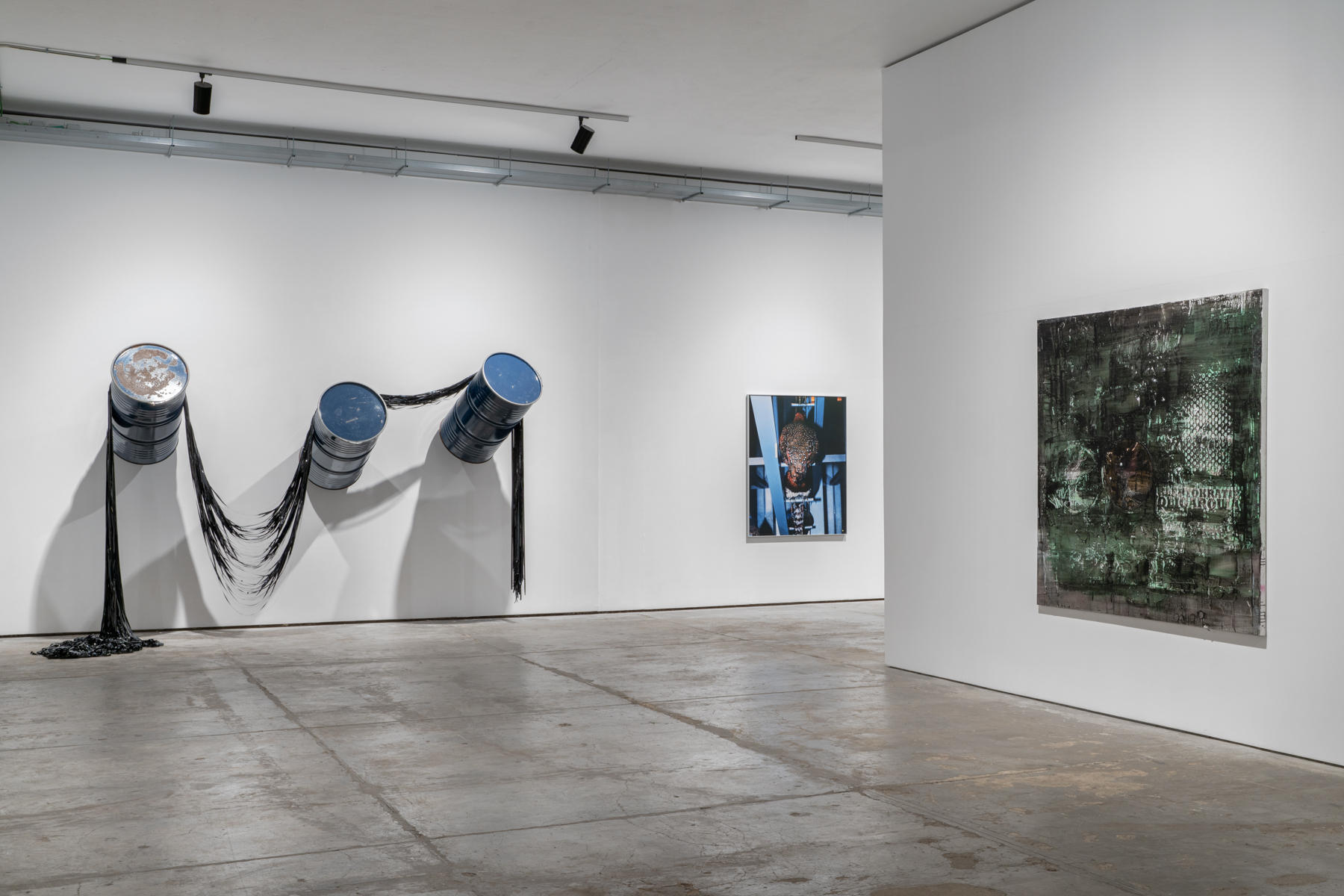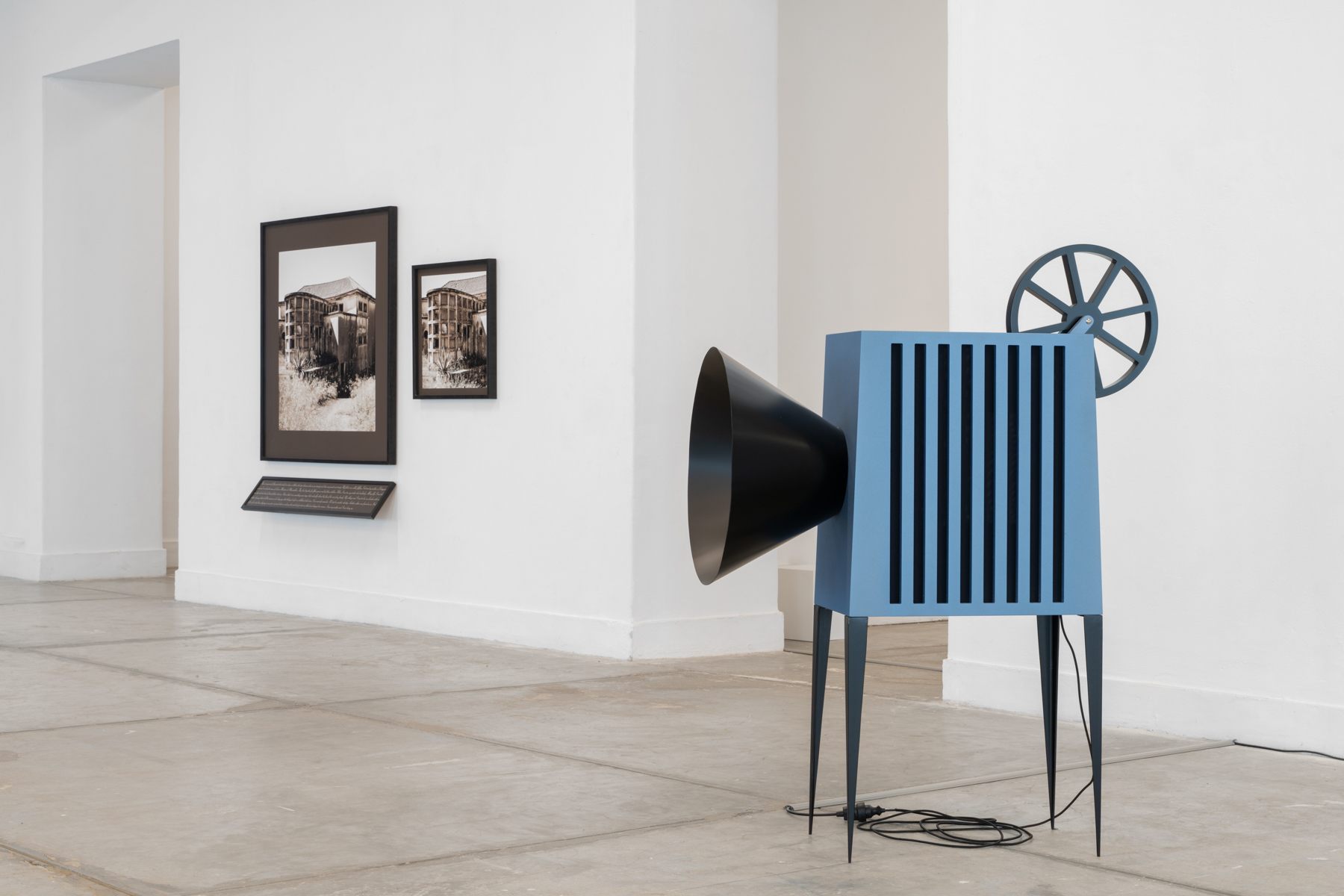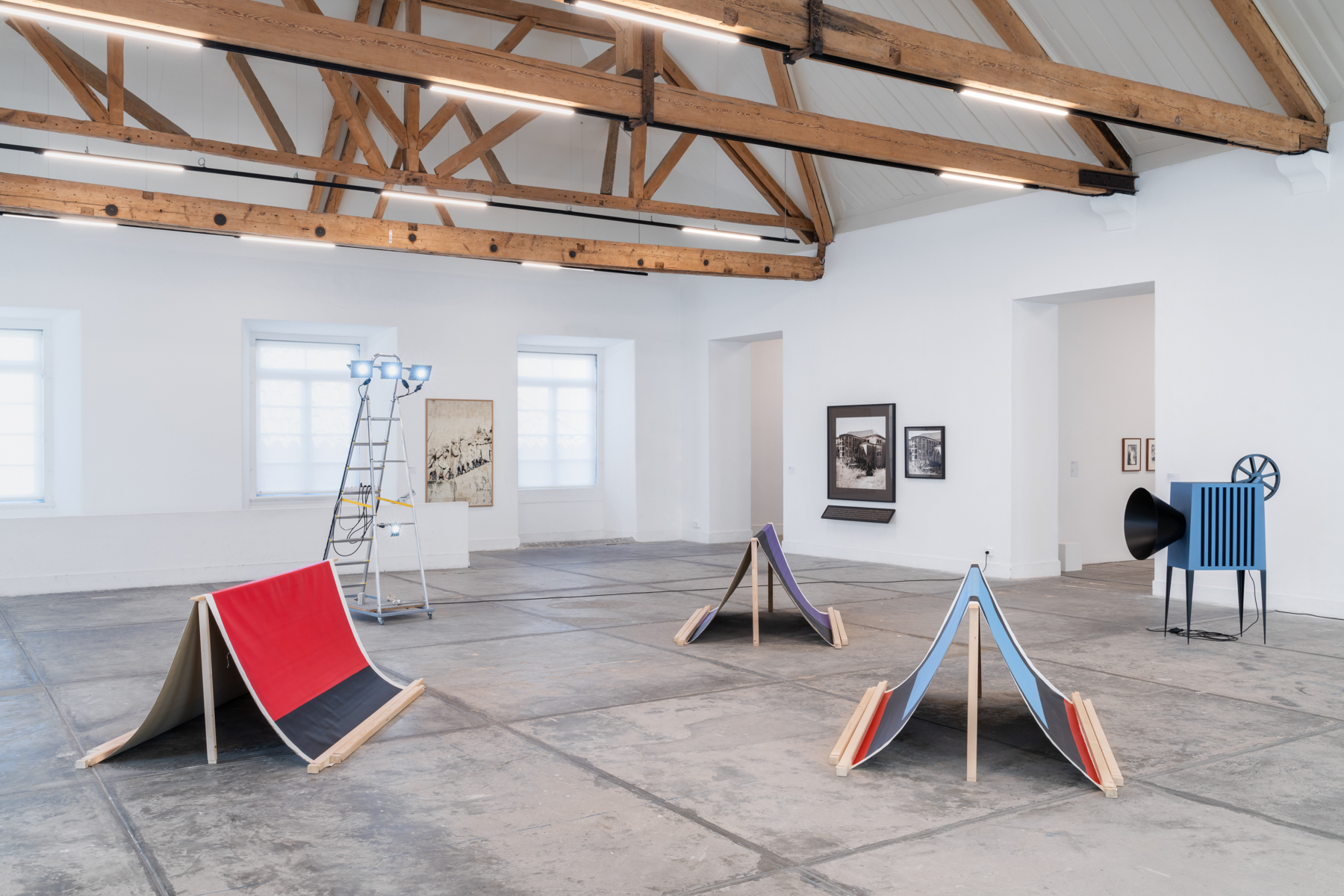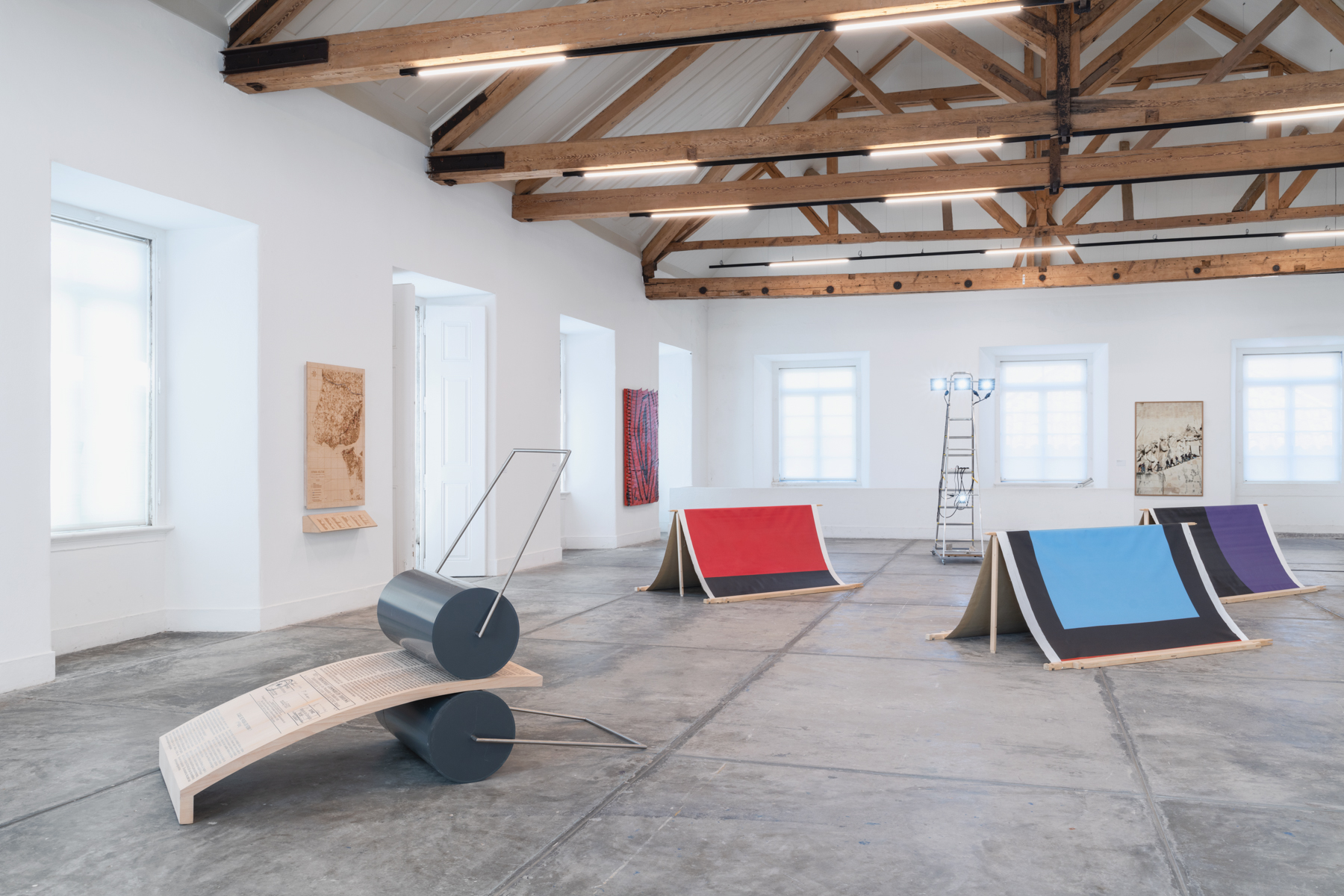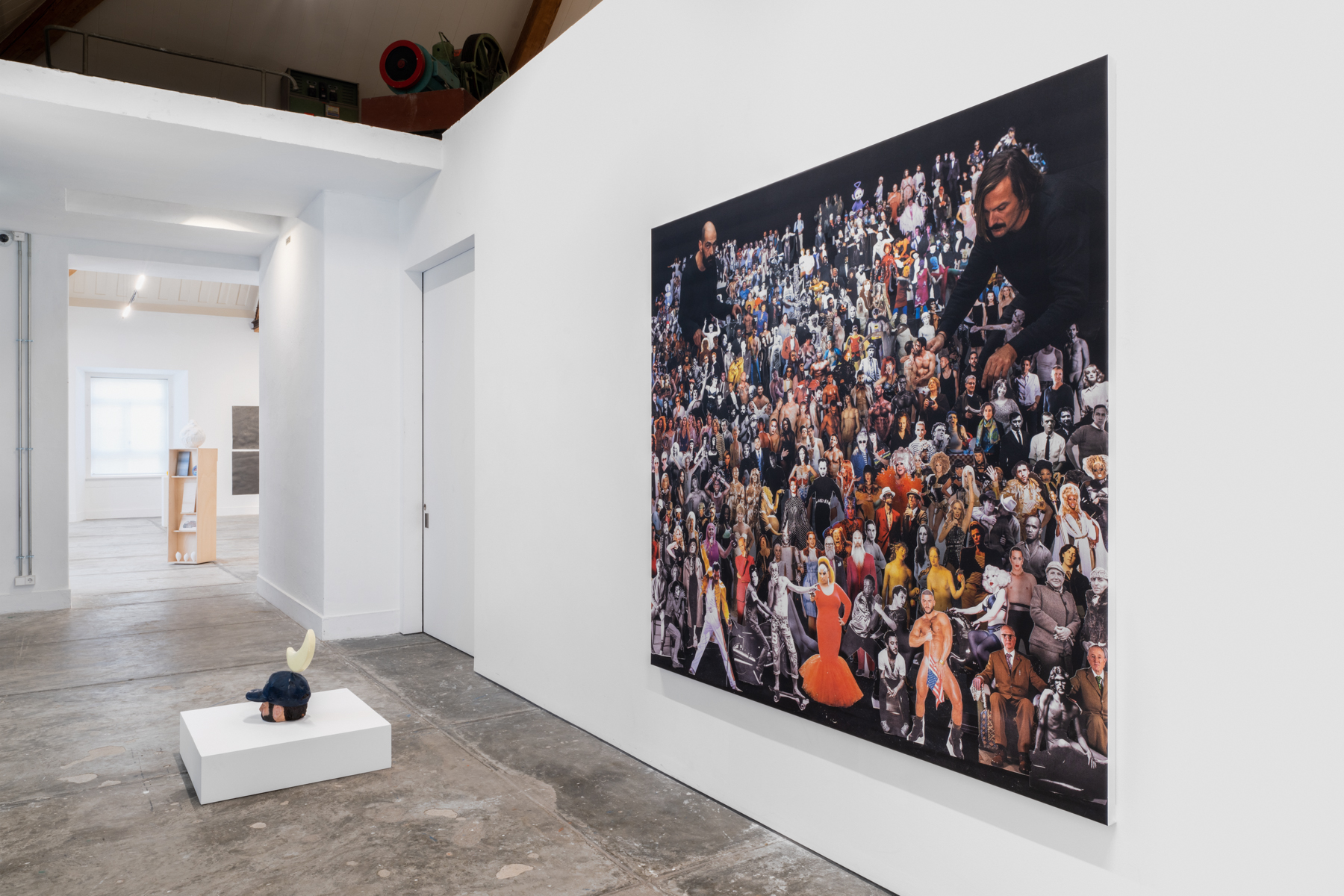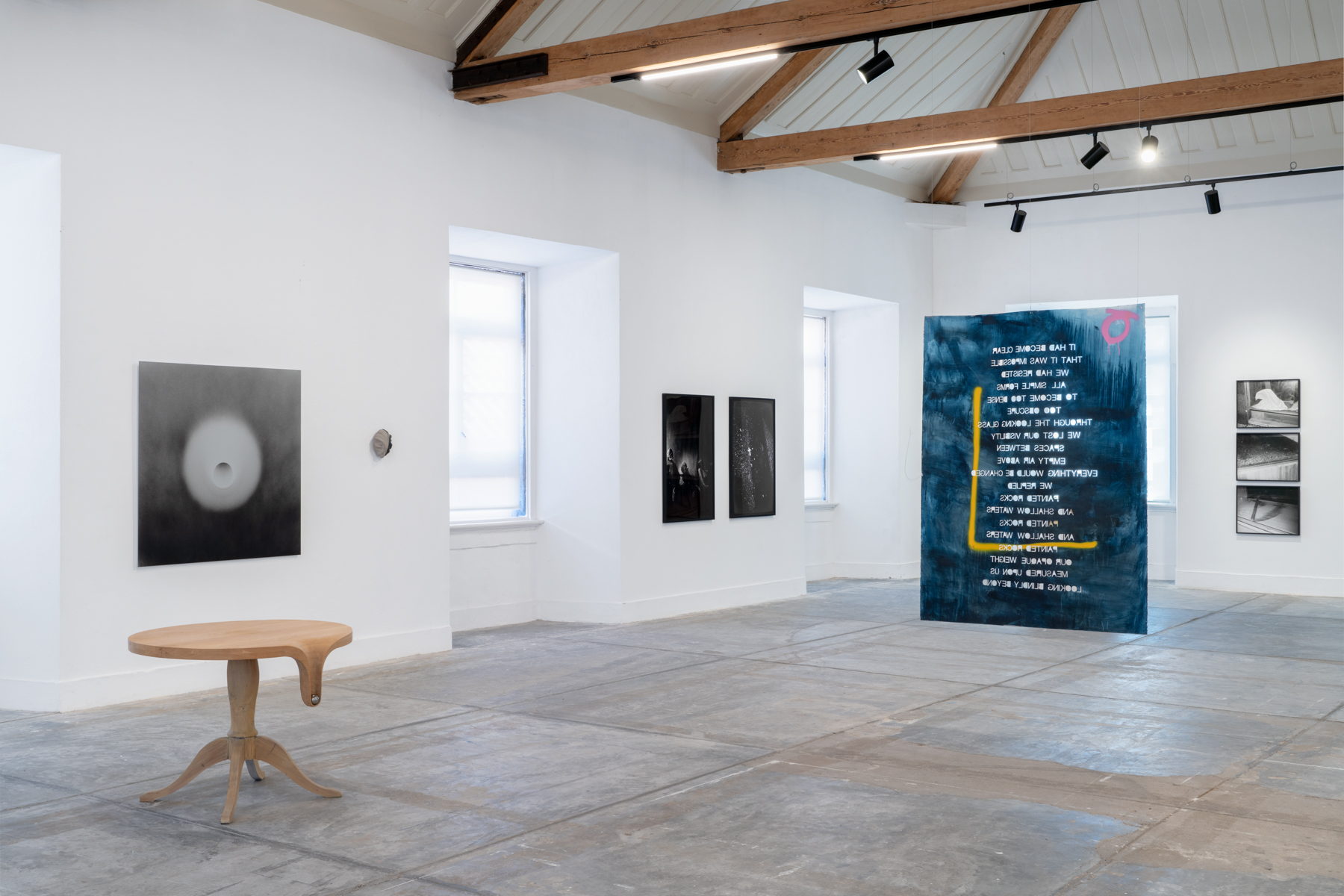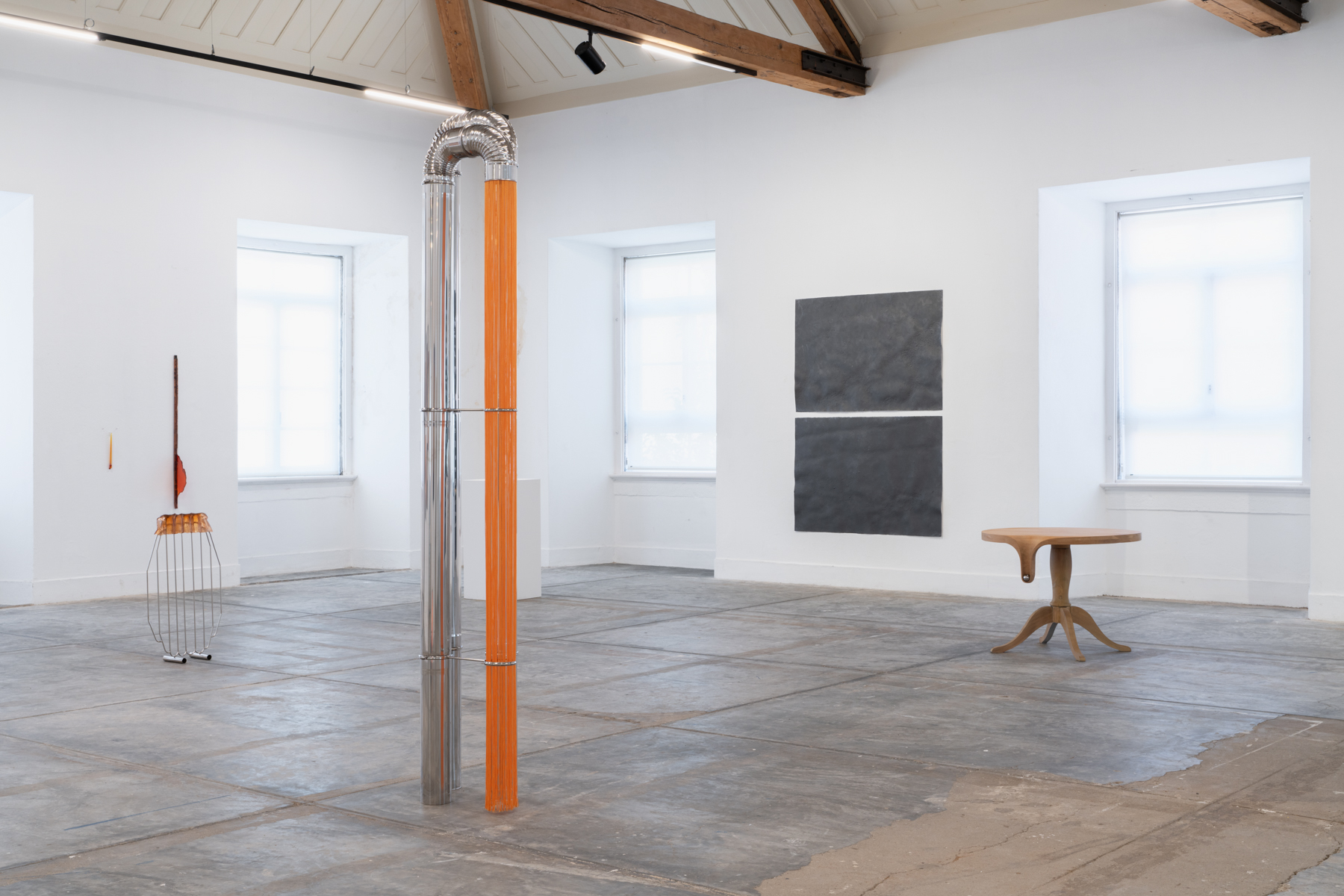– 25.08.2024
The exhibition ‘AQUISIÇÕES. Núcleo de Arte Contemporânea da Câmara Municipal de Lisboa’ [Acquisitions. Contemporary Art Collection of Lisbon City Council], on the ground floor of Torreão Nascente da Cordoaria Nacional / Galerias Municipais, showcases artworks acquired in 2023 by the Lisbon City Council for its collection by a commission panel comprising Ana Anacleto, Luísa Santos, Nuno Crespo, Joana Sousa Monteiro (Museu de Lisboa) and Sara Antónia Matos (Atelier-Museu Júlio Pomar), and two works acquired in previous years but which, for technical reasons, could only be installed and presented now – the works by Gustavo Sumpta and Mariana Caló and Francisco Queimadela.
On the first floor, in a second part of this exhibition, a wide selection of works acquired in years prior to 2023 by other committees since 2016 is displayed, showcasing the breadth and diversity of conceptual and formal aspects of this contemporary art collection.
Organised where possible according to aesthetic affinities and relationships that consider the qualities of the space, as in previous exhibitions (in the TNCN, 2018, the Atelier-Museu Júlio Pomar, 2021, and the TNCN, 2023), this exhibition, spread over two floors, seeks
to highlight the diversity and harmonious coexistence of varied themes and explorations in Portuguese contemporary art, inviting visitors to forge a direct relationship with the works recently acquired by Lisbon City Council for its Contemporary Art Collection.
The group presented here essentially corresponds to the most recent year of acquisitions and reaffirms the CML’s desire to continue to build and develop its collection with
a view to incorporating other creators in the future and enhancing the representation of those who are already part of it. In addition to supporting the contemporary art scene, the CML collection also aims to incentivise collecting. Whether public or private, creating a collection is a commitment interwoven with the history of art and artists and makes it possible for present and future generations to understand
the foundations of their culture and its choices, concerns, and aesthetic, political, and social transformations.
Prior to any exhibition, it is necessary to catalogue, care for, preserve, study, and systematise the works/collections – a burdensome and often forgotten set of tasks undertaken by institutions, in this case the Museu de Lisboa/EGEAC. By continuing to develop, preserve, and exhibit their collections, institutions play an indispensable role in solidifying artistic developments and in the formation of the public and their aspirations and cultural ambitions.
The artists that comprise this exhibition are each at different stages of their career and have unique artistic languages, some reinventing media and pushing the boundaries of their respective artistic disciplines, others remaining more faithful to their areas of operation. Each was in any case considered indispensable by the commission panel who, in making their selections, took into account different genres and generations, the career status of the artists in question, the need for stimulation at the various stages of
the artists’ production, and the diversity of the galleries that represented them.
– 25.08.2024



